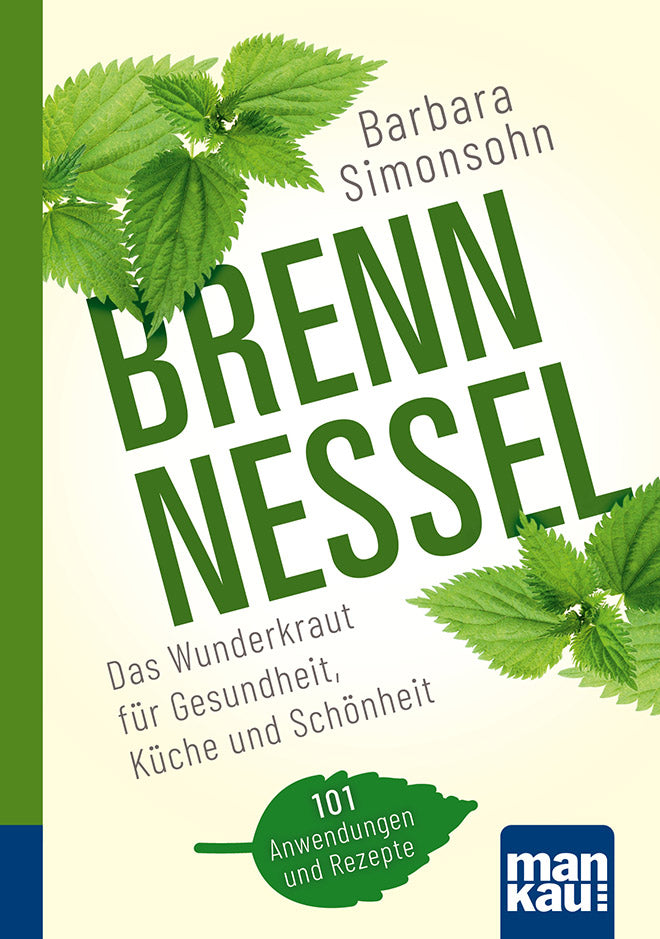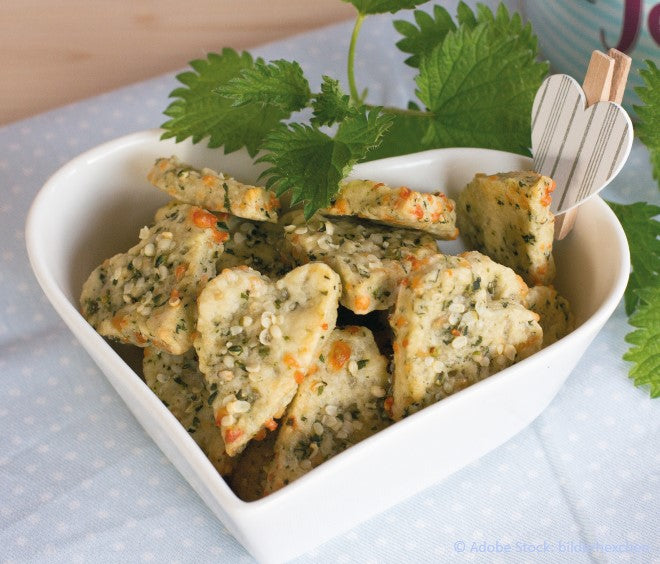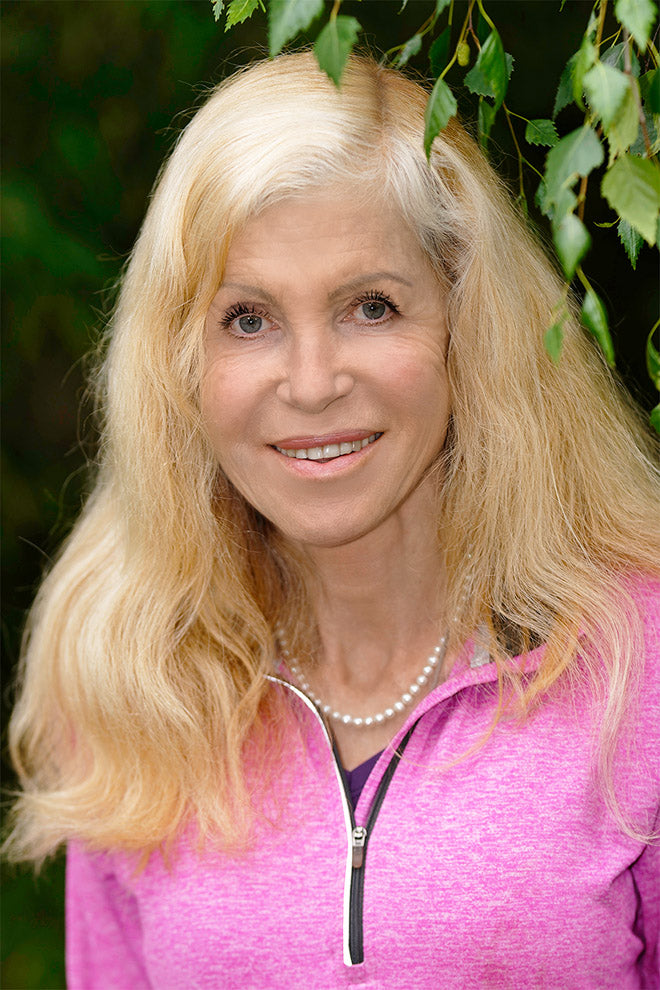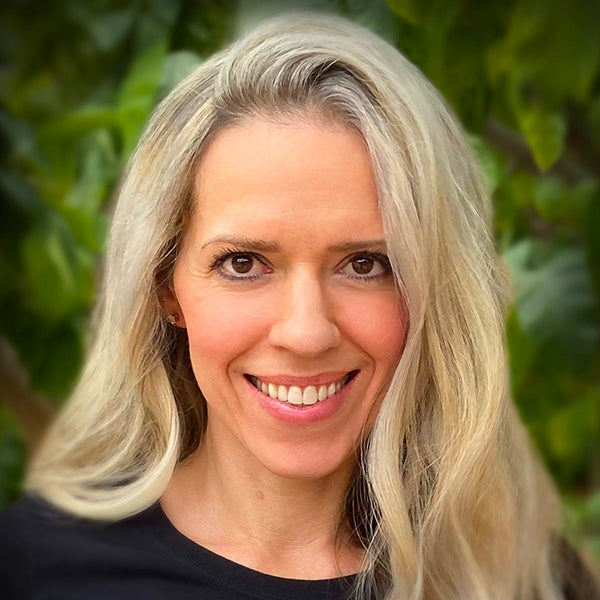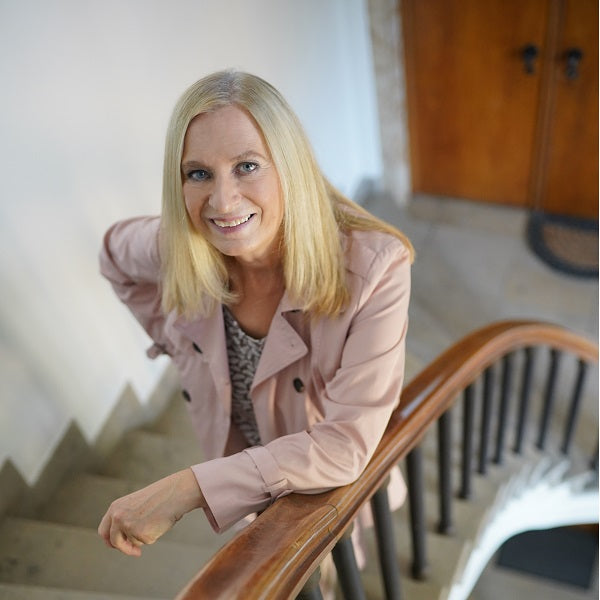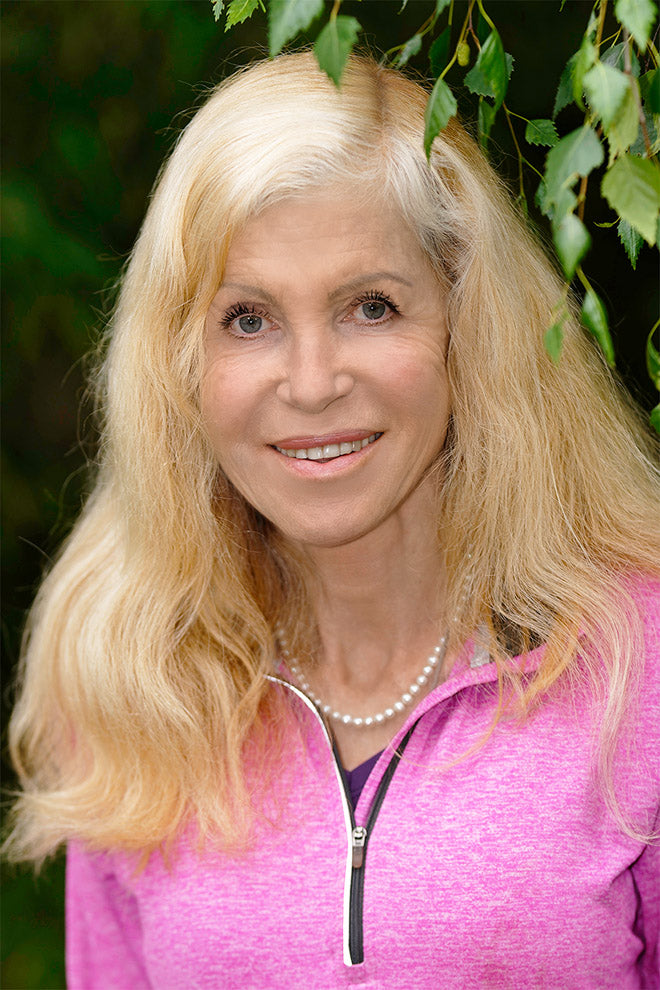
“The dandelion deserves our highest appreciation!” Interview with Barbara Simonsohn
“The dandelion deserves our highest appreciation!” Interview with Barbara Simonsohn
"The numerous healing effects of this widespread and resilient plant are well documented scientifically. The dandelion gives us resilience on a physical and mental level, strengthens our immune and nervous systems and protects us from lifestyle diseases such as cancer, cardiovascular disease, diabetes and dementia. It grows on our doorstep, costs nothing and we are genetically perfectly adapted to it because it has been with us since time immemorial." According to health author Barbara Simonsohn , author of the compact guide " Dandelion ", we should treat the power plant, often reviled as a weed, with appreciation and respect, honoring and making use of its health benefits.
In your latest compact guide, you dealt with the dandelion, which is often misunderstood as a weed. How is it that such a miraculous plant, whose healing properties have been proven since ancient times, receives so little attention today?
Barbara Simonsohn: Many people see dandelions as annoying weeds because they spoil their image of a beautiful lawn and are virtually impossible to eradicate due to their long taproot. If even the smallest part of the root remains in the soil, a new plant will develop from it sooner or later. In my opinion, a rethink is urgently needed here. If you have dandelions in your lawn, leave small dandelion islands standing and growing and mow around them. This way you will always have fresh, rich greenery, an insect pasture for wild bees etc. in March and, as early as April, a valuable food supply for seed-eaters such as bullfinches and goldfinches, which find little to eat at this time of year. A yellow dandelion island is also a feast for the eyes. If dandelions bother you in your vegetable or flower bed, dig them up deep and plant them in a corner of your garden or in a large ceramic pot with a hole. This way, you always have this medicinal plant close by and are contributing to species protection for more biodiversity. Unfortunately, anything that is too familiar is generally not valued; if the dandelion were a rare or exotic plant, it would probably be different. The British say: "Familiarity breeds contempt" - anything that is too familiar only garners contempt. I prefer to agree with our poet Johann Wolfgang von Goethe: "Why go far away when the good is so close." Superfoods on our own doorstep cost nothing, and we are genetically perfectly adapted to them because they have been with us since time immemorial. I wrote the book about dandelions primarily so that we treat this somewhat inconspicuous plant with appreciation and respect and honor its health benefits. In dandelions we find exactly the valuable ingredients that we have systematically bred out of our cultivated vegetables, such as the beneficial bitter substances.
You consider dandelion to be one of the “most adaptable plants there is” and it stands for “transformation and resilience”. What conditions must be met so that its strength can be appreciated again in our modern world?
Barbara Simonsohn: Dandelions actually grow on sandy and nutrient-rich soils, in lowlands and at altitudes of up to 3800 meters, on both acidic and alkaline ground. They penetrate through cracks in walls, are extremely prolific and have conquered the entire globe with their fertility and resilience, from the tropics to the Arctic. They pass this resilience on to us, on a physical and mental level. Numerous ingredients strengthen our immune and nervous systems and protect us from the scourges of humanity such as cancer, cardiovascular disease, diabetes and dementia. These are not "questions of faith" but facts proven by numerous studies. Information is power. If we take note of the research results of modern science on dandelions, which correspond to the experiences of folk medicine and traditional Chinese medicine (TCM), in my opinion the appreciation comes naturally. The aim of my book is to present the latest research as well as the wealth of well-documented information and application possibilities in a compressed, easy-to-understand and everyday format.
Dandelion is known in many cultures and in German-speaking countries alone it has more than 500 names that indicate its effectiveness. For which ailments is dandelion traditionally used in folk medicine?
Barbara Simonsohn: There is actually no other medicinal plant in the German-speaking world that has been given such a wealth of names. This is how our ancestors expressed their appreciation. Names such as "eye root", "bubo herb", "piss flower", "scabies flower" and "scab flower" indicate medicinal effects: dandelions help with scabs and other skin problems, strengthen the eyes and eyesight, help with inflammations such as boils and stimulate the flow of urine, metabolism and detoxification. All of these medicinal effects have been confirmed by modern science. Our ancestors, like the North American indigenous people or the medicine men of Africa and South America, knew intuitively about the medicinal effects of plants. In Africa, for example, they say: "When a medicine man dies, a library goes up in flames." There could be many more studies on dandelions. Unfortunately, this is hindered by the fact that research funds are mainly spent on drugs that can be patented. However, a wild plant and its extracts cannot be patented and marketed at a high profit. The fact that there are still many studies is because conventional medicine, with its side effects and antibiotic resistance, is increasingly reaching the limits of its effectiveness.
The ubiquitous wonder herb boosts the metabolism, stimulates our immune system, fights viruses and bacteria, even detoxifies heavy metals and strengthens our mental defenses. Which ingredients are responsible for these effects?
Barbara Simonsohn: Dandelion contains an extremely high amount of folic acid, which is important for healthy blood formation and a healthy nervous system. The chlorophyll regenerates the intestinal flora and kills off pathogenic intestinal germs. The magnesium in dandelion, like many other ingredients, has an antioxidant effect; it captures and neutralizes free radicals that are responsible for premature aging processes and chronic diseases. Isoflavonoids prolong the effectiveness of vitamin C and protect vitamin E in the cell membranes from oxidation. The complete and balanced spectrum of amino acids ensures the development of healthy muscles and cells. The high potassium and calcium content in dandelion ensures acid-base balance and healthy bones. Magnesium and potassium are also considered anti-stress minerals. Flavonoids have anti-cancer and anti-inflammatory effects. Boron protects against arthrosis and arthritis. The iron content gives Mars energy or willpower and ensures healthy blood and a fit immune system. Dietary fiber optimizes digestion; Rare bitter substances such as taraxacin detoxify the organism, regenerate the intestinal flora and successfully fight cancer in every phase of its development.
Dandelion is not only a versatile medicinal plant and a healthy food, but is also increasingly used in the medical treatment of diabetes and cancer patients. What are the possible applications here and in which direction will scientific research develop?
Barbara Simonsohn: Wild plant greens are the most effective natural remedy for diabetics there is. Polyphenols and bitter substances in dandelions smooth out the blood sugar curve, reduce excessively high blood sugar levels and make the cells more sensitive to insulin. Dandelion roots are the ideal vegetable for diabetics because they are metabolized independently of insulin and do not need to be counted as bread units. Studies with diabetics who were given dandelion extracts are causing a stir. The "craving" for sweet things, which is fatal for diabetics, is reduced by the bitter substances. Cancer research has also reached astonishing results: bitter substances and polyphenols in root extract inhibit the proliferation of cancer cells and lead to their apoptosis - their "suicide" - without affecting healthy cells. The effects of chemotherapy can also be alleviated by dandelion extract. Many types of cancer are now resistant to chemotherapy drugs. Dandelion offers cause for hope here, and it has no side effects at normal dosages. An anti-cancer treatment with one dandelion root capsule per day costs around 7 euros – per month!
Dandelions grow in every garden and are available almost all year round. Which parts of the dandelion plant can be used, and what should be taken into account when collecting and preparing medicinal recipes and dishes with dandelions?
Barbara Simonsohn: All parts of the plant are usable: leaves, buds, stems, flowers, seeds and roots. Because bitter substances have been bred out of our food, we should take it easy and get used to the amount of this bitter plant slowly. So we start with a cup of dandelion root or leaf tea and not a thermos full straight away. We don't eat dandelion leaf salad on its own at first, but add a handful of chopped leaves to our usual salad and slowly increase the dose. We don't switch to 100 percent dandelion root coffee overnight either, even though it is much healthier than coffee beans, but start with one cup a day. If you handle leaves, stems and roots, the white milky sap can cause unsightly stains on skin and clothing. That's why mothers in the past told their children that the milky sap was poisonous, which is not true. So when we harvest and prepare the plants, we don't wear our nicest clothes, but old ones, and if you want, you can wear thin gloves. The stains on skin and textiles can be easily removed with soap. I love the direct physical contact with the plant, so I don't wear gloves and I get along just fine with that.
Book tip:
Barbara Simonsohn: Dandelion - miracle herb for resilience and vitality. Applications and recipes for metabolism, cell protection, skin health, detoxification and mental balance. Compact guide . Mankau Verlag 2023, paperback, full color, 11.5 x 16.5 cm, 158 pages, 12.00 euros (D) / 12.40 euros (A), ISBN 978-3-86374-694-0
Link recommendations:
More information about the book “Dandelion”
To the reading sample in PDF format
More about the author Barbara Simonsohn
Our social networks – for questions, criticism, suggestions
